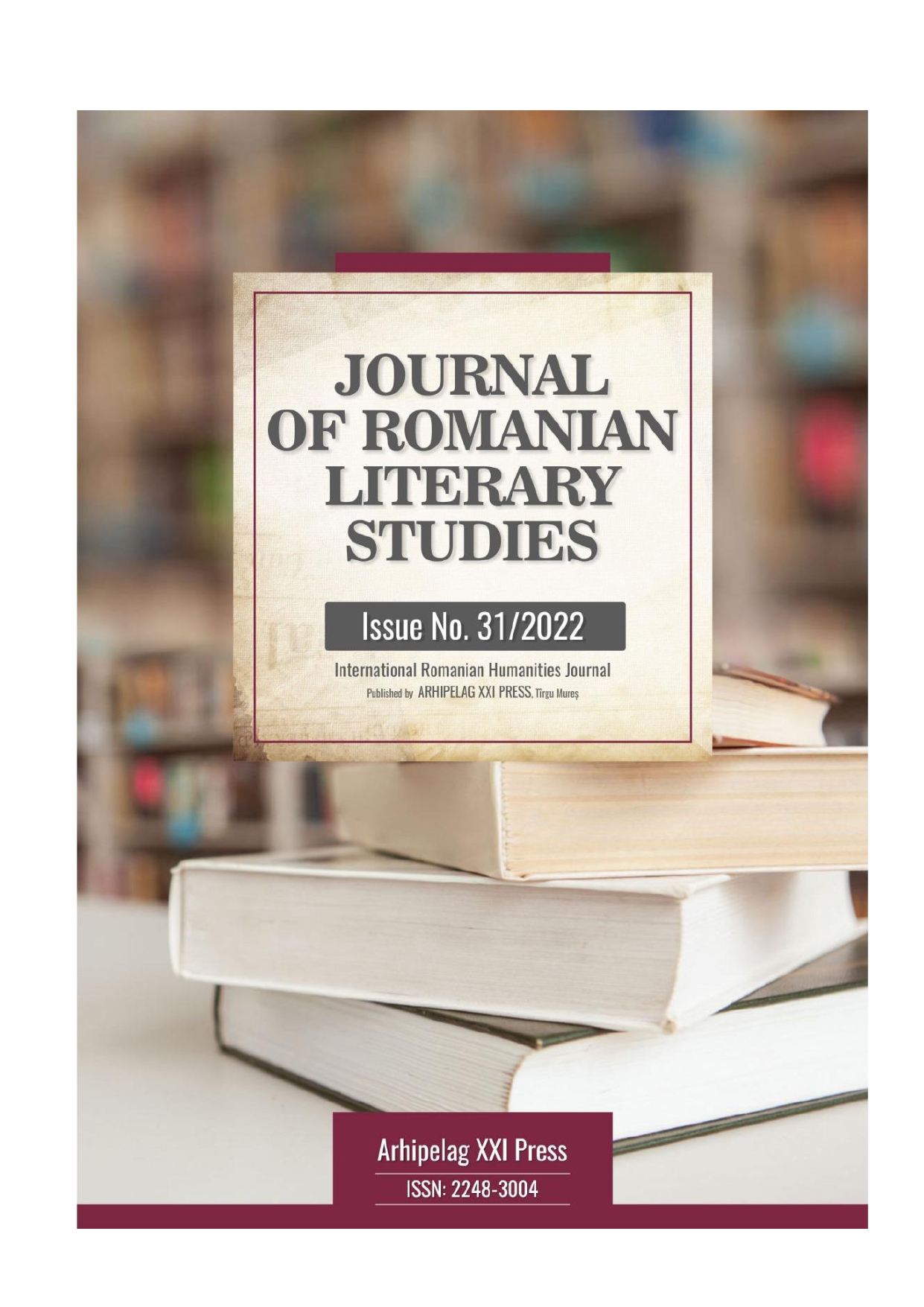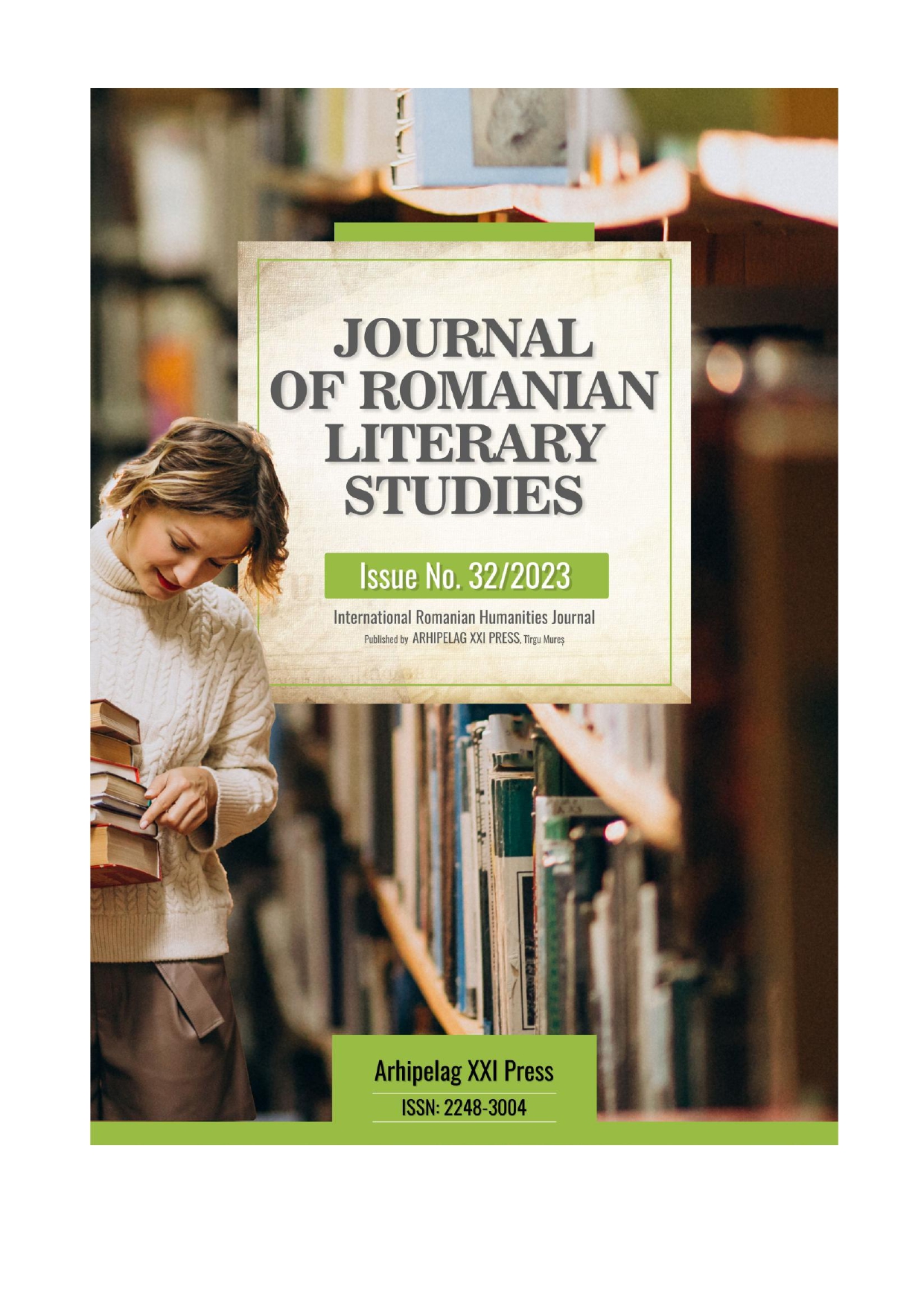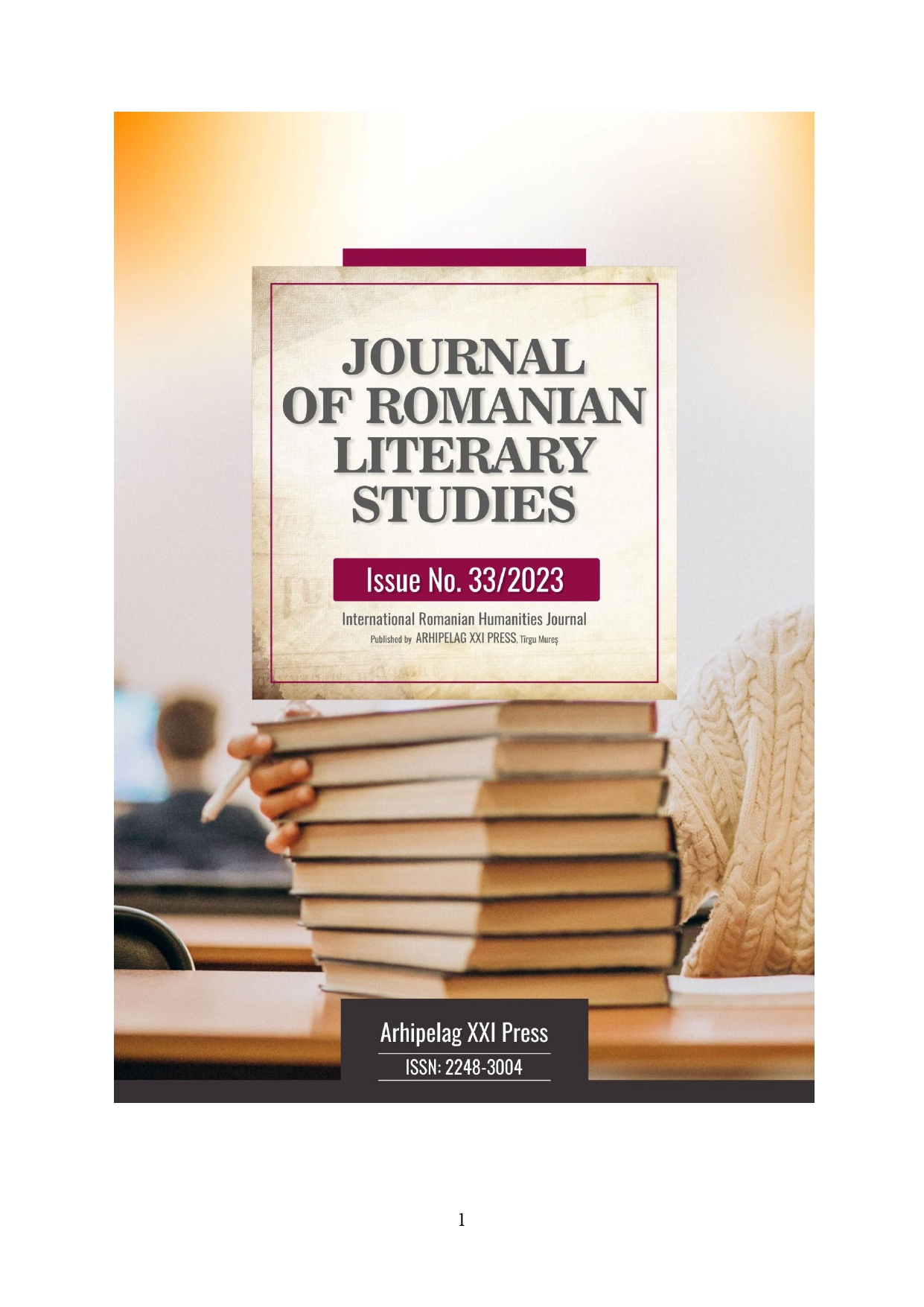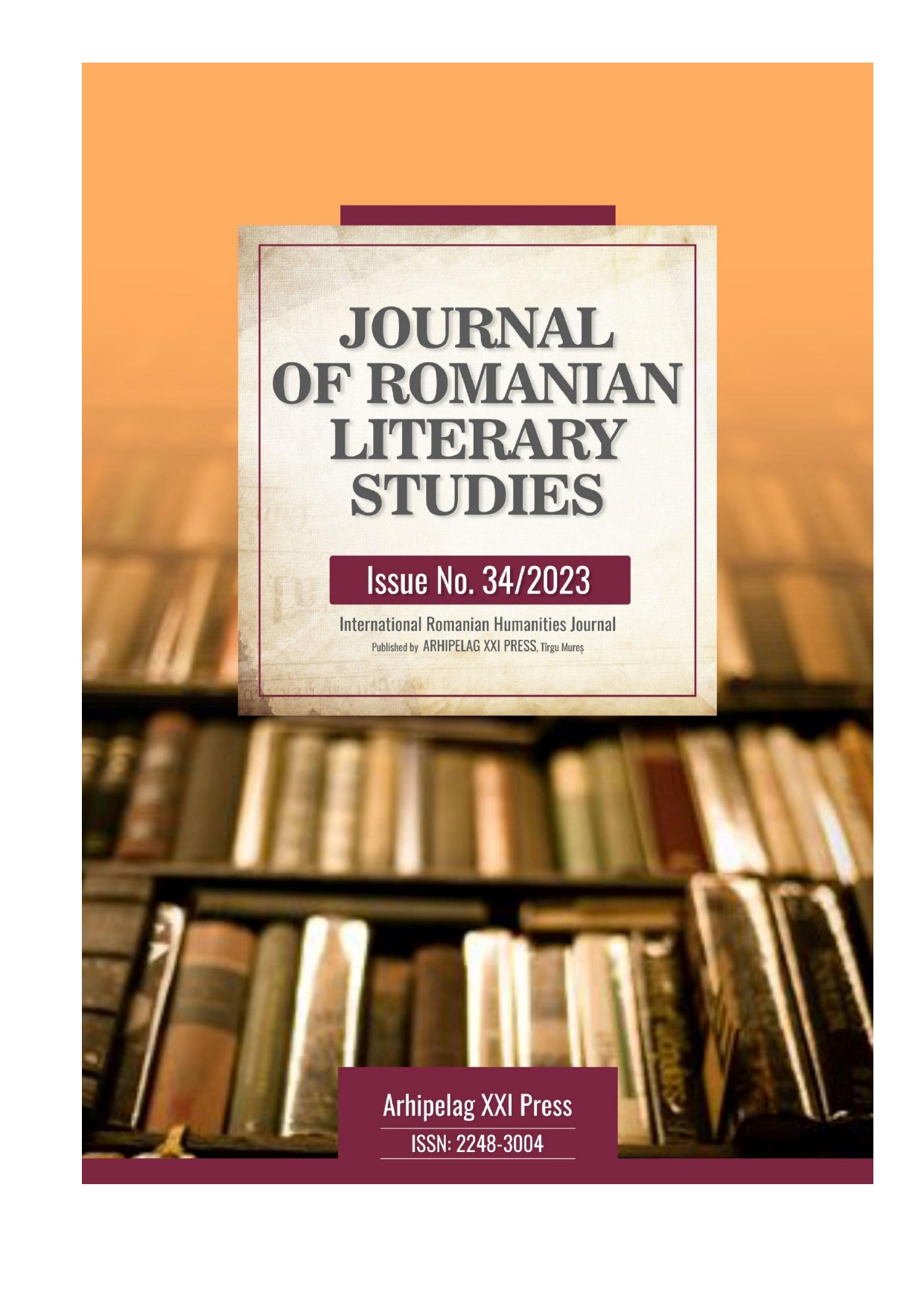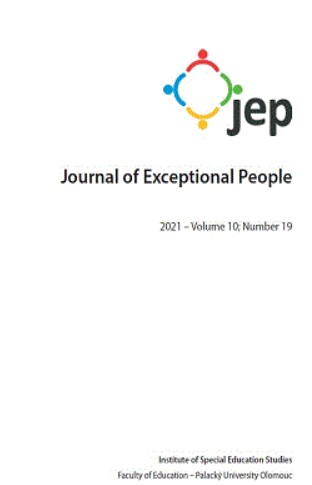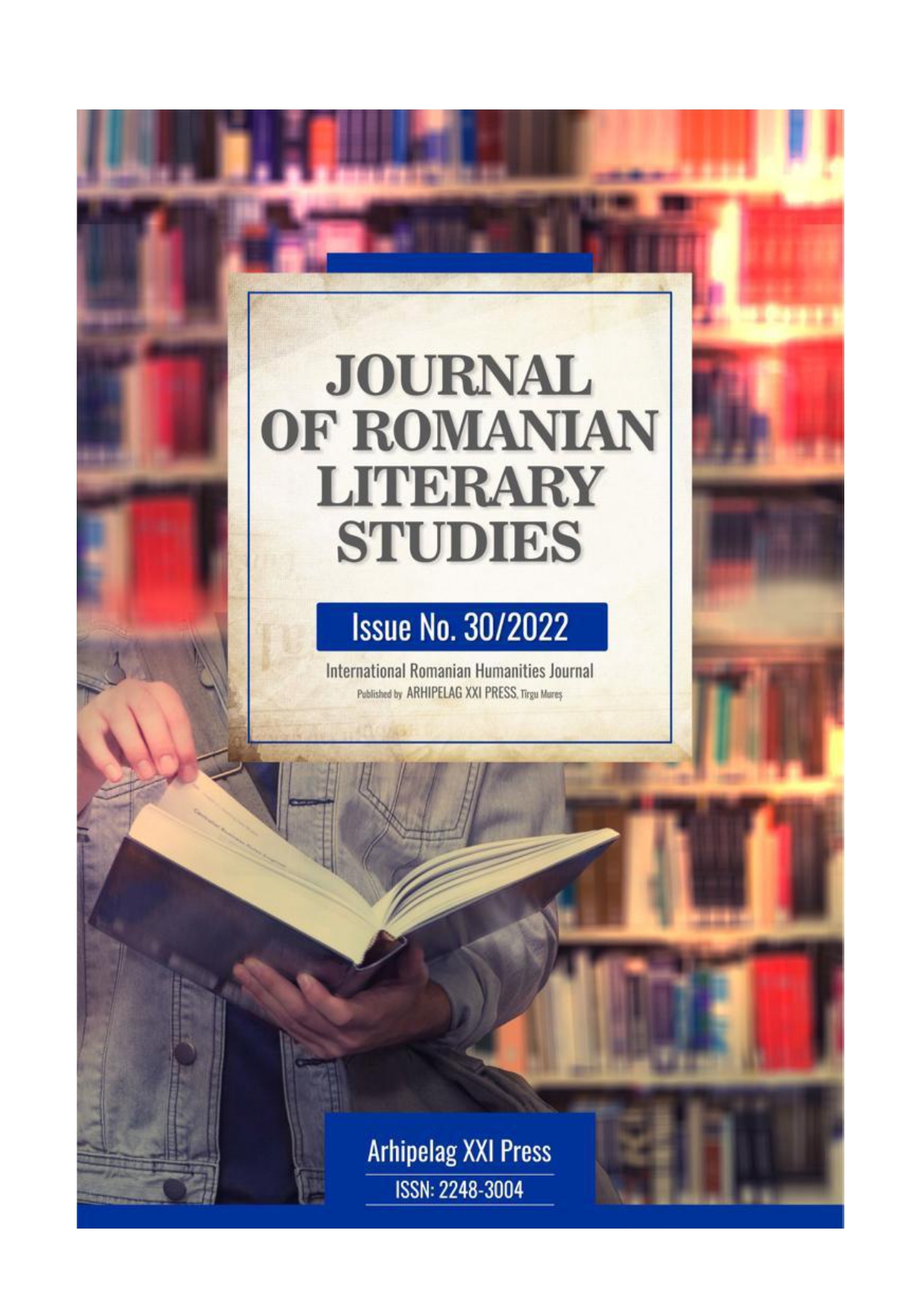
CONCEPTUAL METAPHOR AS A MEANS OF RENDERING UNIVERSAL OR CULTURAL SPECIFIC ASPECTS OF THE “DREAM”
In this article, we try to give a definition of the conceptual metaphor as a means of rendering the universal or cultural specific aspects of a people, definition which comes in opposition to the one embraced by classical linguistics. We also present some aspects related to idioms, offering a few examples from Romanian and English, instances that will have as a core the concept of "dream". The study is based on the Conceptual Metaphor Theory introduced by G. Lakoff and M. Johnson and the one suggested by the Australian professor A. Wierzbicka by creating the prototypic cognitive scenarios of the mental models typical of a concept from a certain culture by using the Natural Semantic Metalanguage (NSM).
More...
